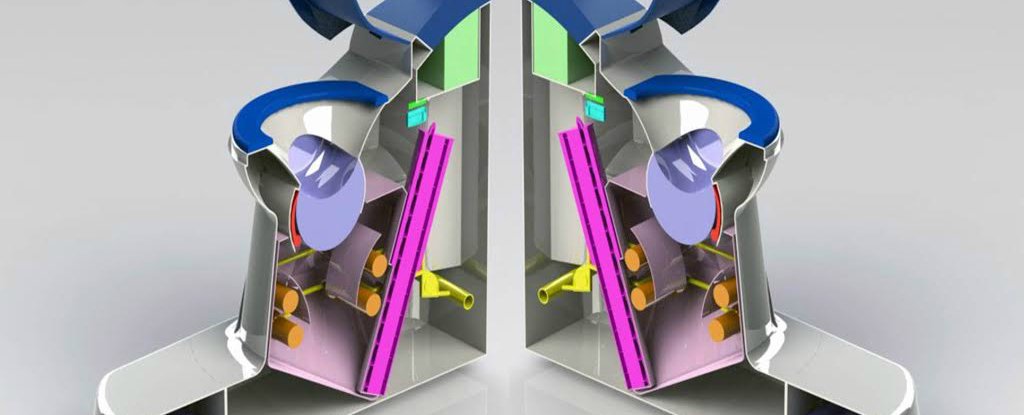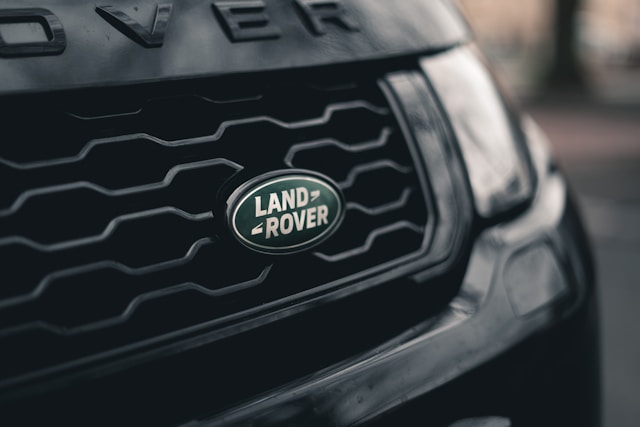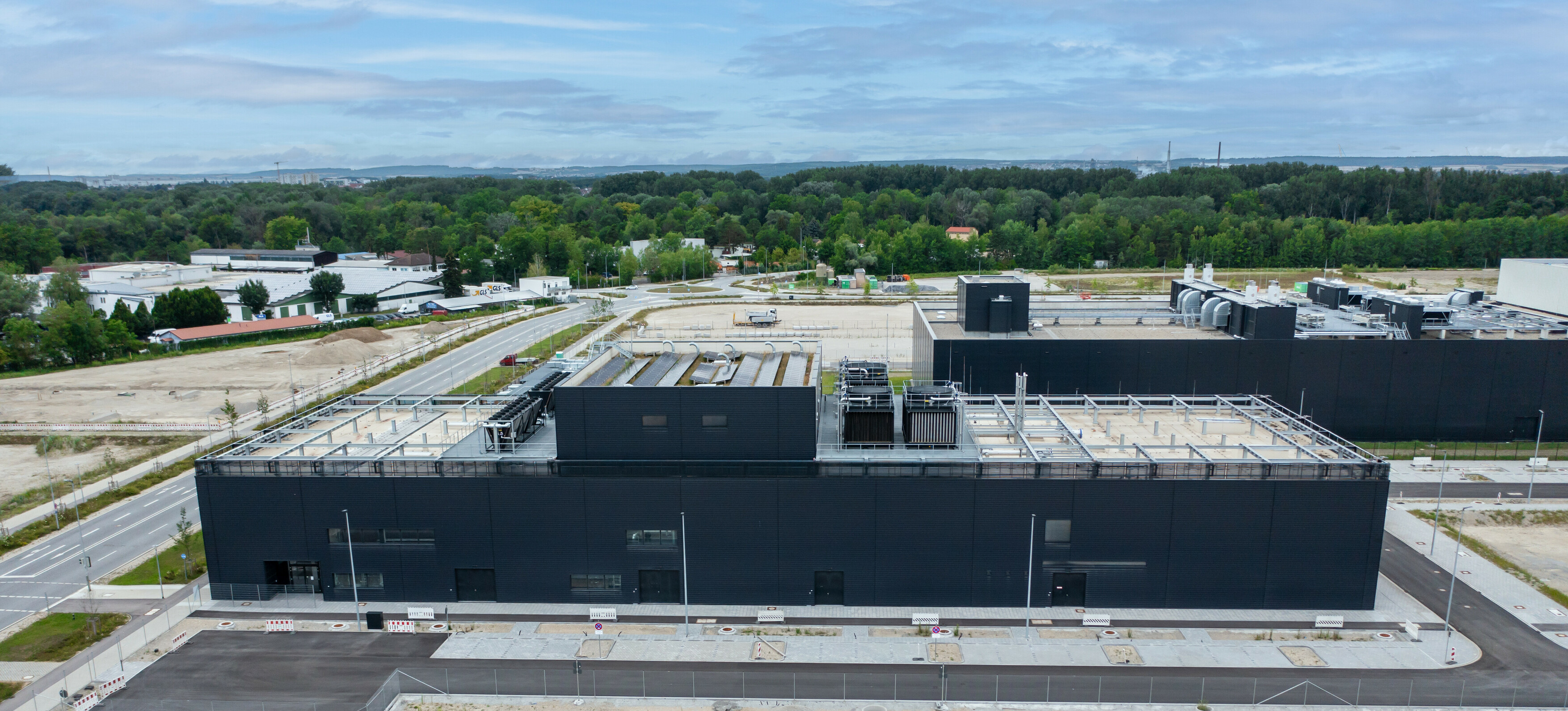UK researchers have developed an inexpensive waterless toilet with energy-producing capabilities. The goal behind this new eco-friendly Nano Membrane Toilet is to help the 2.4 billion people worldwide who do not have access to sanitized and safe lavatory facilities.
These green toilets are under production, and their trials have been scheduled in Africa later this year.
The team is funded by the Gates Foundation. If the concept proves successful, this nanotechnology could be used in a wide range of vehicles including luxury yachts and military vehicles.
These eco-friendly Nano Membrane Toilets do not require any water and are meant to offset the water scarcity prevailing around the world.
How It Works:
After using the toilet, when the lid is closed, the rotating toilet bowl turns 270 degrees, and in this way deposits the waste in a vat or storage tank underneath. A scraper tool then wipes off any residual waste from the bowl without demanding water while simultaneously blocking odor.
Once the waste is deposited, the nanotech membrane separates the loosely bound water and the solid waste. The technology eliminates all disease-causing microorganisms while the water is still in a vaporized state.
The novel nano-coated beads enable water vapor recovery through encouraging the formation of water droplets at the nano-bead surface.
Once water droplets reach a critical size, the sanitized water drains into a collection vessel and can then be used in household activities like cleaning the home, washing clothes, or watering plants.
The solid waste that’s left behind is transported by a mechanical screw into a gasifier where the solid waste is incinerated to generate heat that can be used to power the toilet.







